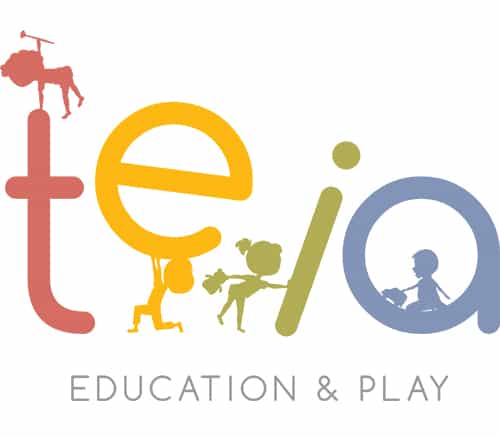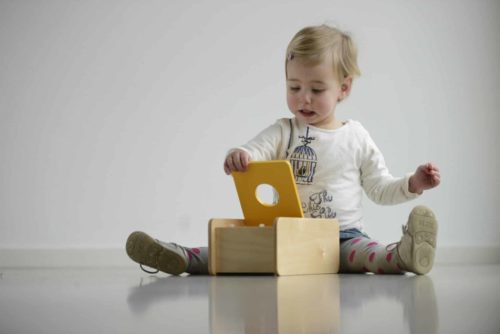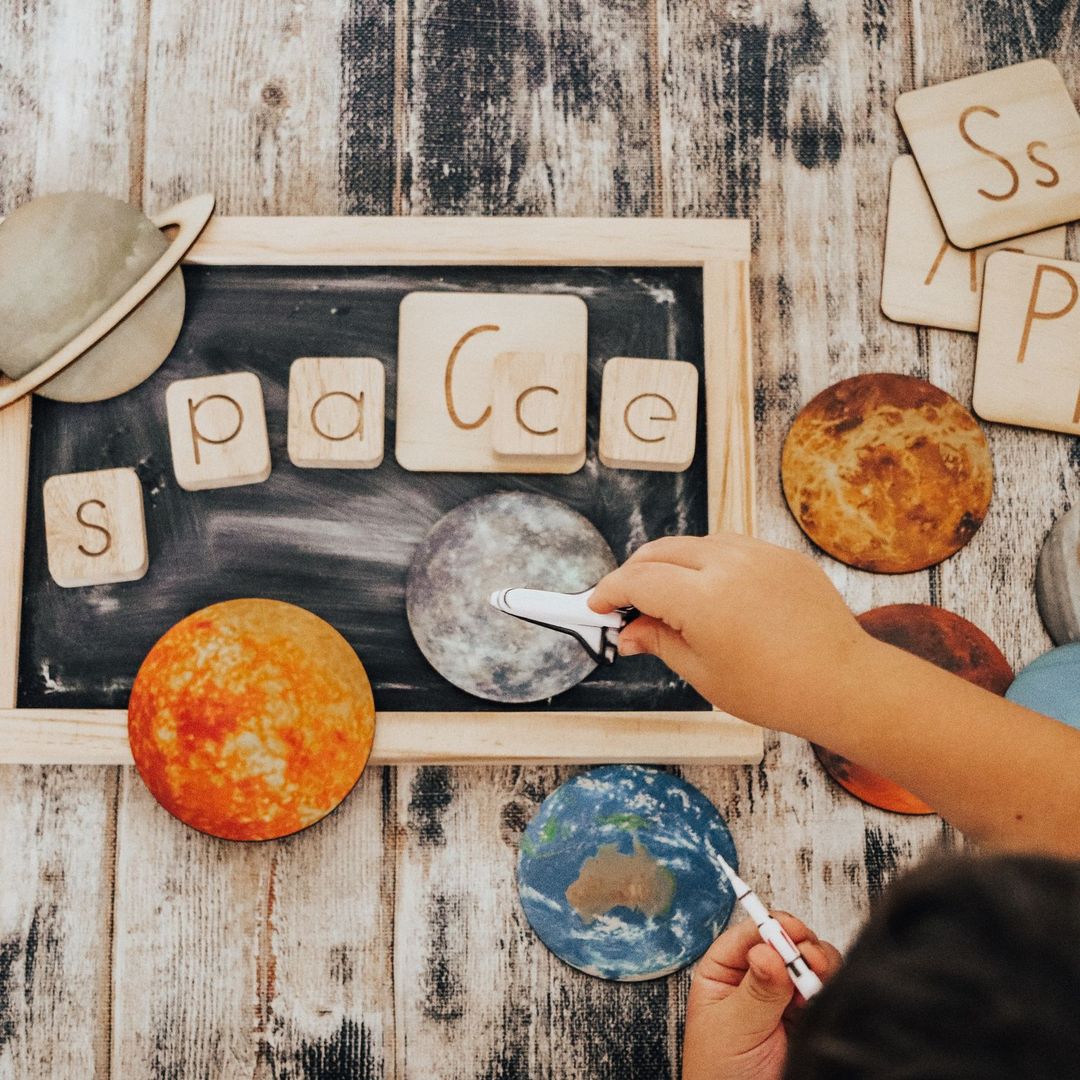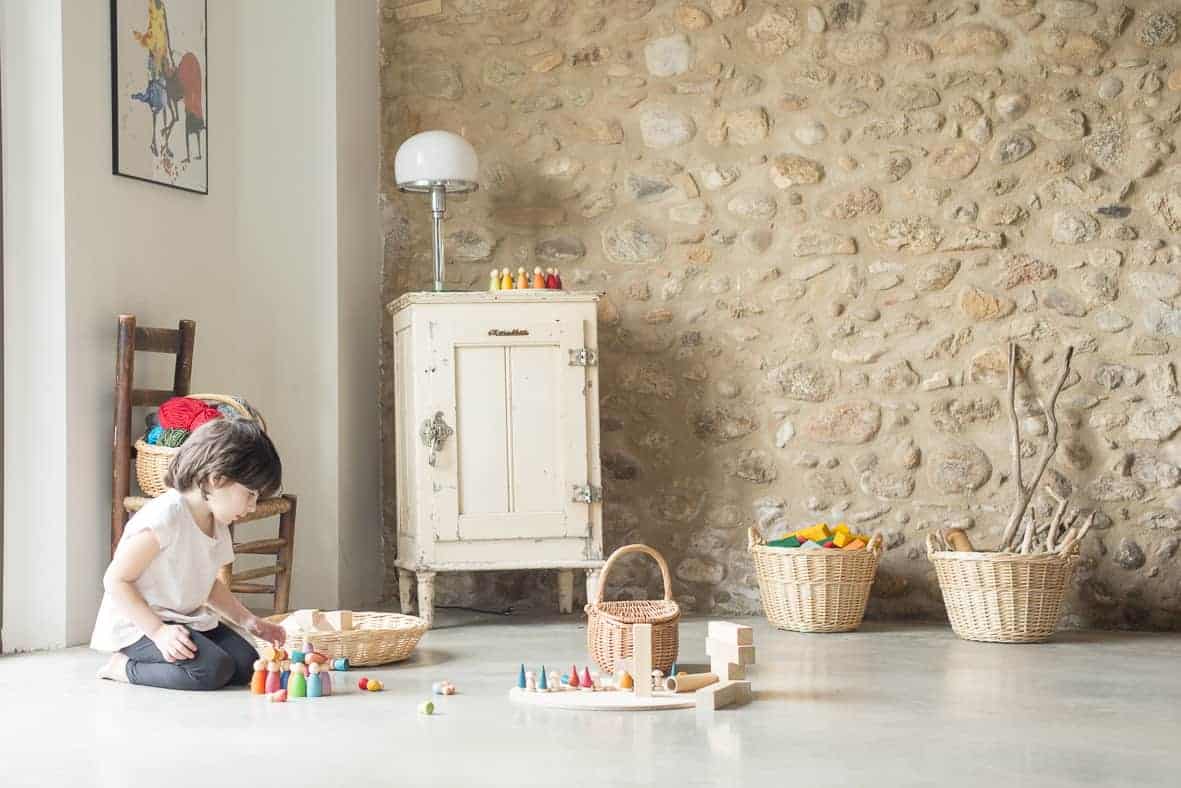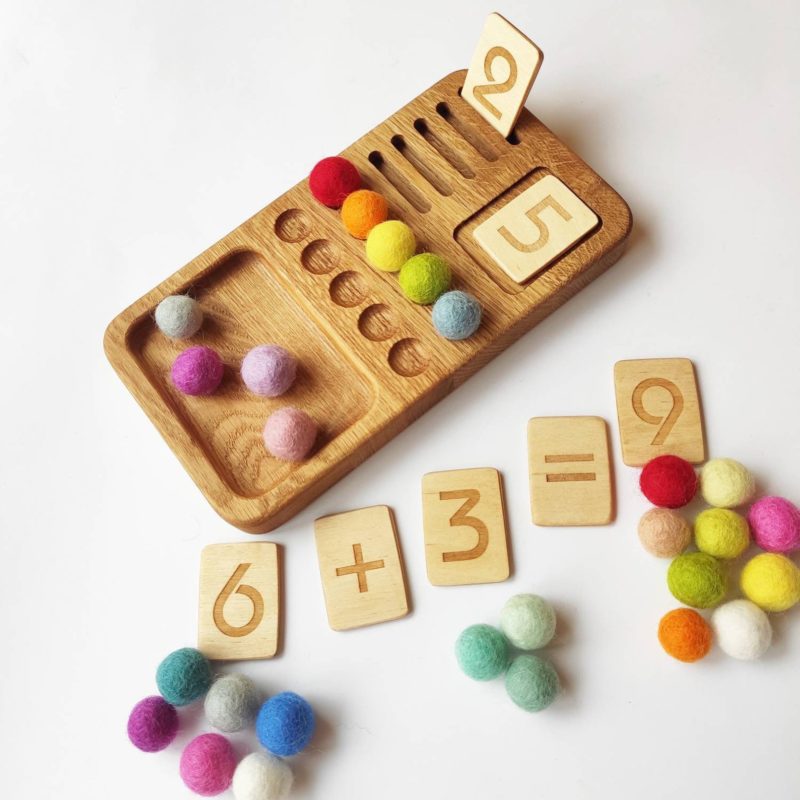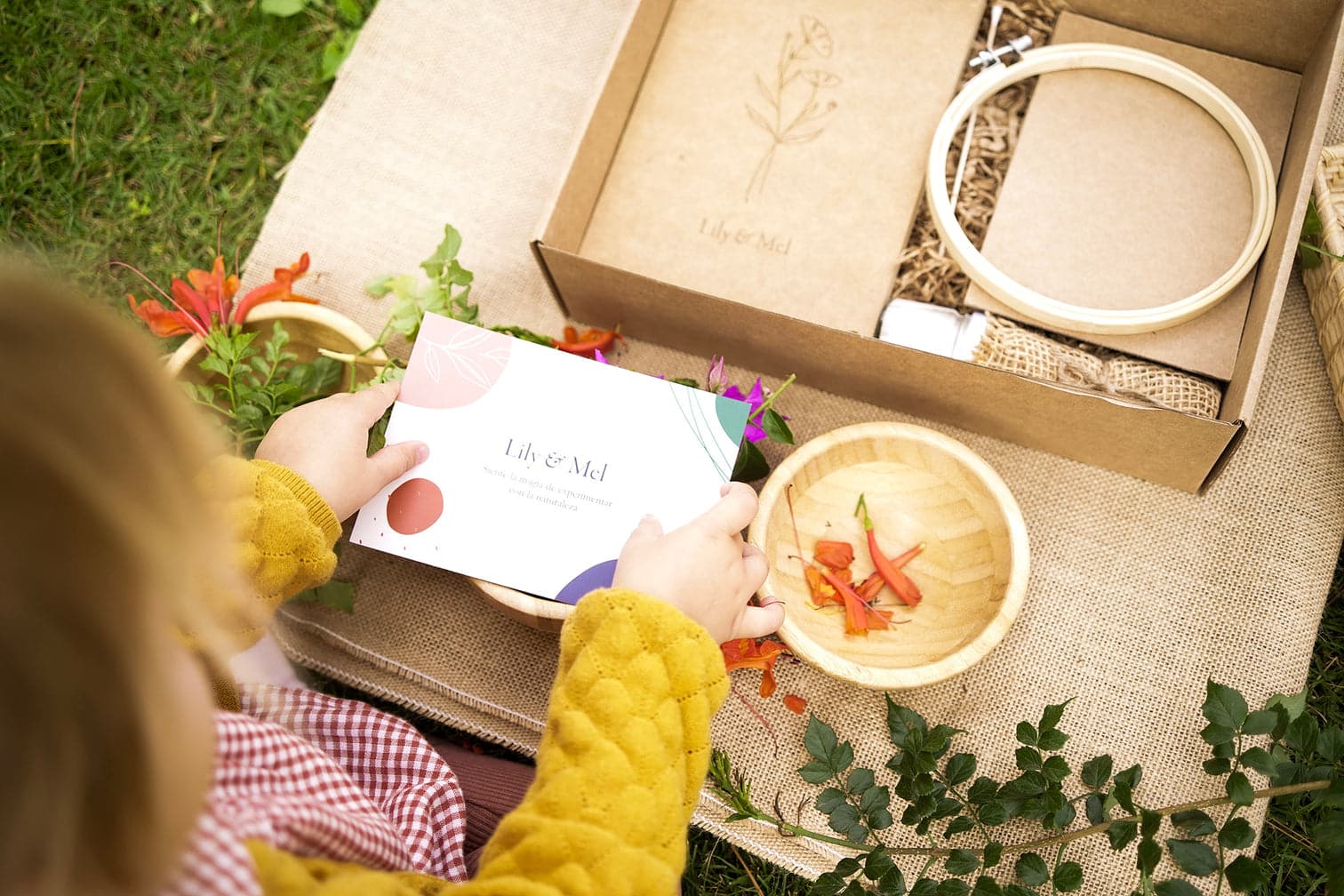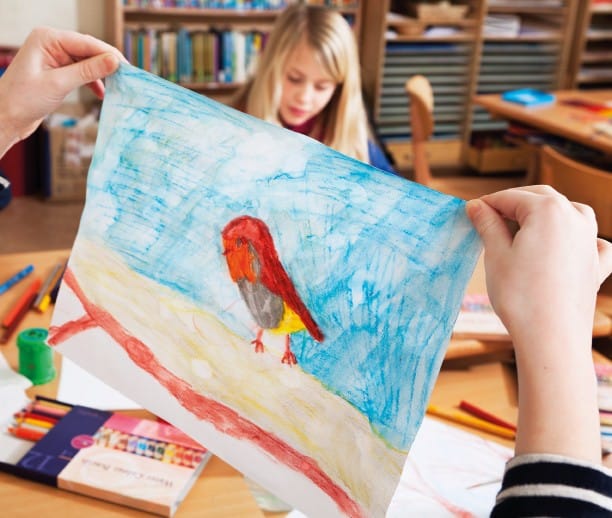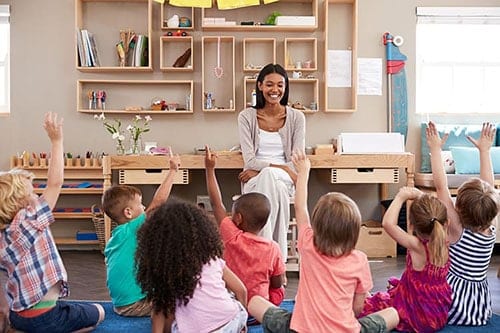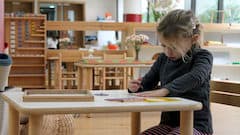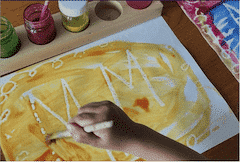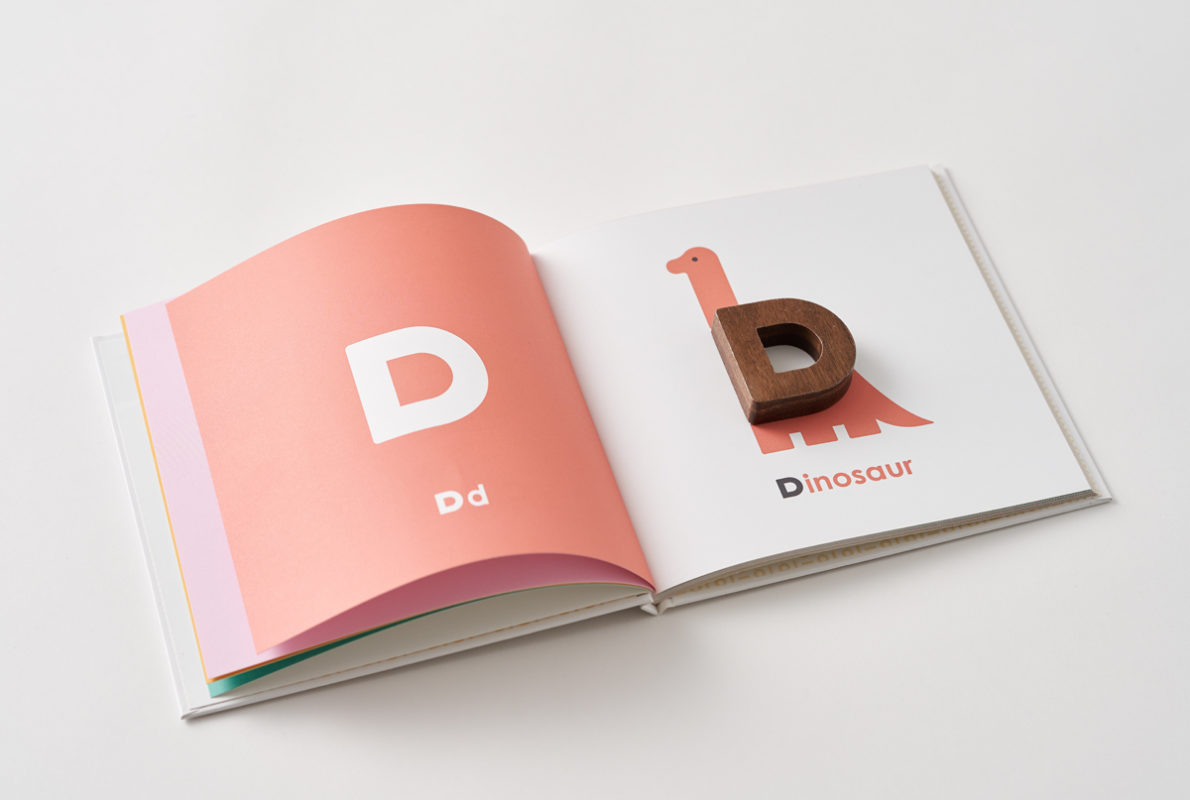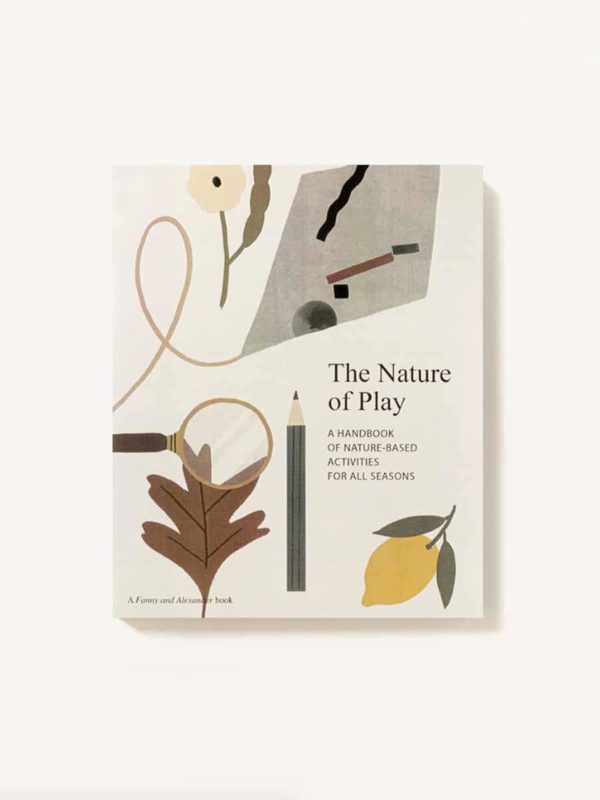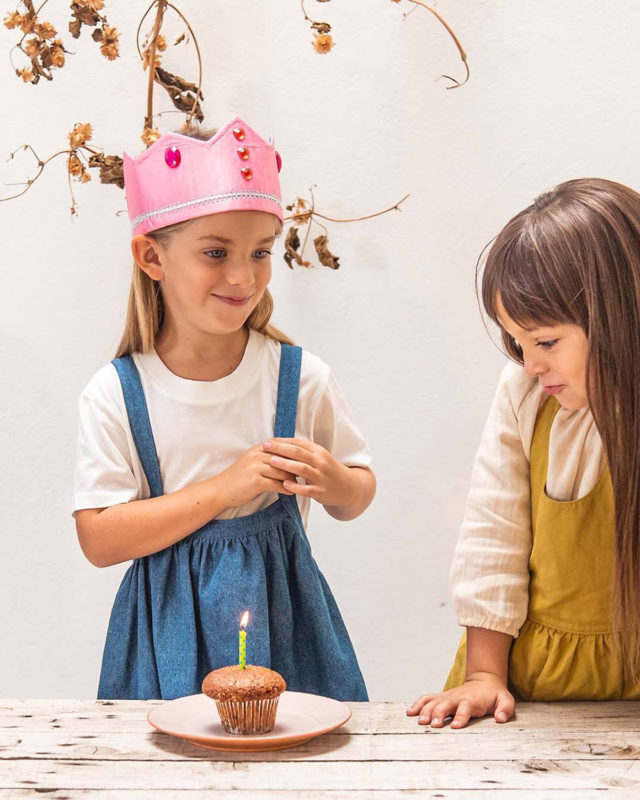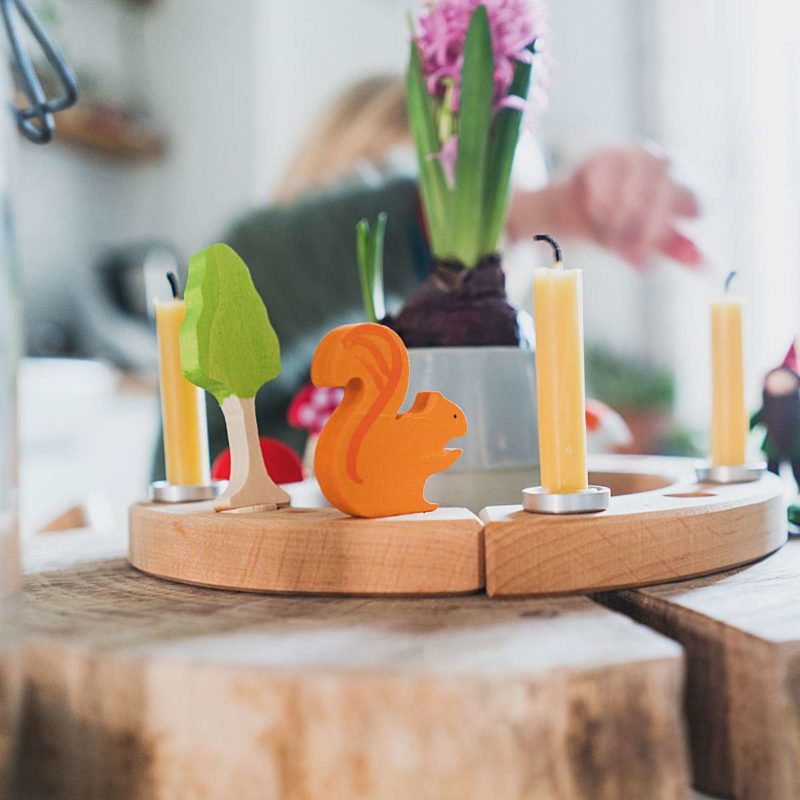Whereas the traditional approach to education, which prevails today, remains focused on the transmission of prescribed blocks of knowledge, the Montessori approach is focused on giving support to the natural development of the human being. This is done with the understanding that the fully developed human being is then better disposed to learning the things that he needs to become an integrated and contributing member of society. The substance of the human being—the development of character and integration of the whole personality—are traditionally approached as values that must be instilled into the child.
Die Lehre der Montessori-Pädagogik
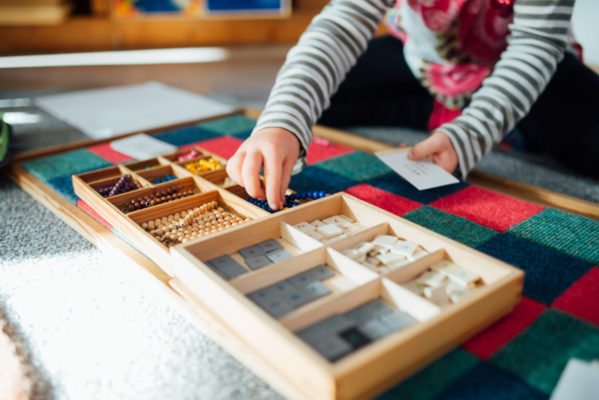 Today, as it was a century ago, education is rightly seen as a means to tackle poverty, inequality, anti-social behaviour and other ills of society. Prior to birth, it is of course the embryo that guides its own development. The fundamental problem with traditional education is a lack of faith in the child to continue to guide his own development—and to guide the educators in supporting this task.
Today, as it was a century ago, education is rightly seen as a means to tackle poverty, inequality, anti-social behaviour and other ills of society. Prior to birth, it is of course the embryo that guides its own development. The fundamental problem with traditional education is a lack of faith in the child to continue to guide his own development—and to guide the educators in supporting this task.
Montessori education begins with the understanding that the role of the adult is to help the unfolding of the child’s inborn developmental powers. The child, from the earliest moments of life, possesses great constructive energies that guide the formation of his mind and the coordination of his body. The Montessori approach was developed without preconceived ideas as to how best to aid the child in his journey to adulthood. Instead, key Montessori ideas emerged from the observation of children in diverse cultures and in many countries:
1. That there are four key developmental planes in the journey to adulthood: 0-6 years old, 6-12 years, 12-18 years and 18-24 years. Each of these planes has its own goals: in the first, the development of the self as an individual being; in the second, the development of the social being; in the third, the birth of the adult and finding one’s sense of self; in the fourth, consolidating the mature personality and becoming a specialised explorer. The complete development of the adult human being requires that the specific needs of each of these periods be satisfied.
2. That within each of these planes the child or adolescent has specific ‘sensitivities’ or ‘windows of opportunity’ to acquire a particular human trait, for example a sensitivity that guides the child to the acquisition of language in the first plane (0-6 years), or that guides the child to the development of a moral ‘compass’ in the second plane (6-12 years).
3. That in addition to these age-specific sensitivities, human beings have a number of behavioural tendencies that give each child the ability to adapt to his or her place and time. These human traits—for example, to explore, order, manipulate, imagine, repeat, work and communicate—have been crucial to human evolution and are active within the child. The following sections explain how Montessori education responds to this understanding of child development:
Montessori practice
The prepared environment
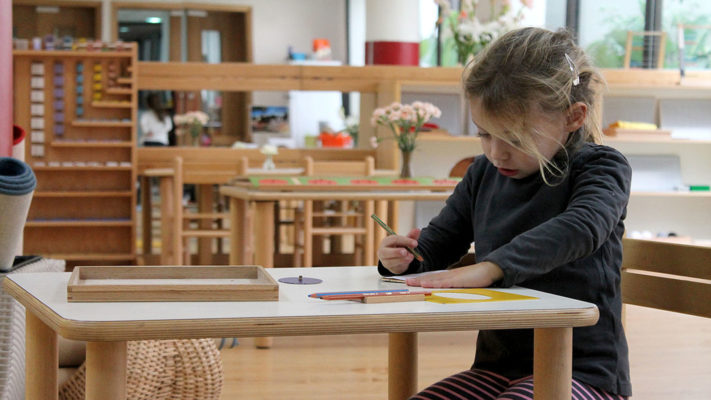 Montessori education seeks to provide children with environments ideally suited to each stage of development; this allows them to respond to the inner call of specific ‘sensitivities’ and gives them the freedom to act in accordance with their innate human tendencies. Thus, if education is viewed as a method to fulfil the optimum potential of the child in every facet of his emerging personality, this ‘prepared environment’ provides a secure and permanent foundation on which to base education.
Montessori education seeks to provide children with environments ideally suited to each stage of development; this allows them to respond to the inner call of specific ‘sensitivities’ and gives them the freedom to act in accordance with their innate human tendencies. Thus, if education is viewed as a method to fulfil the optimum potential of the child in every facet of his emerging personality, this ‘prepared environment’ provides a secure and permanent foundation on which to base education.
The prepared environment is different for each developmental plane but guided by the same principles. The prepared environment and the role of the teacher in the classroom distinguish Montessori from other educational approaches. For example, independent activity constitutes about 80% of the work in a Montessori classroom while teacher-directed activity accounts for the remaining 20%. The reverse percentages are generally true for traditional education. The special environments enable children to perform various tasks which induce thinking about relationships. The logical, sequential nature of the environment provides orderly structures which guide discovery: Theorems are discovered, not presented; spelling rules are derived through recognition of patterns, not merely memorised.
Every aspect of the curriculum involves creative invention and careful, thoughtful analysis. In viewing learning outcomes at each Montessori level, it must be emphasised that why and how students arrive at what they know is just as important as what they know. The most widespread examples of the Montessori prepared environment are those prepared for 3-to 6-year-olds. At this formative age the child is consolidating the formation of the self as an individual being that began at birth. The environment is set up as a bridge between the home and the wider world. Montessori called this place a Casa dei Bambini or Children’s House.
Montessori-Materialien
The first Montessori materials the child encounters in the Children’s House are the ‘practical life’ activities. These are everyday activities, familiar to the child from his home, such as pouring, scrubbing a table, polishing or buttoning. Whilst helping the child gain independence by acquiring a particular skill, the main purpose of these activities is to help the child develop his ability to concentrate and to coordinate his movements. The other areas of the curriculum for the children of this age are sensorial, mathematics and language.
 The sensorial materials respond to the way the child learns at this age—through the senses rather than the intellect. There are materials for the refinement of each sense, with each activity isolating one particular quality, such as colour, size, loudness, taste or weight. For example, the material known as the pink tower is made up of ten pink cubes of varying sizes. The 3-year-old constructs a tower with the largest cube on the bottom and the smallest on top. This material isolates the concept of size. The cubes are all the same colour and texture; the only difference is their size and of course weight.
The sensorial materials respond to the way the child learns at this age—through the senses rather than the intellect. There are materials for the refinement of each sense, with each activity isolating one particular quality, such as colour, size, loudness, taste or weight. For example, the material known as the pink tower is made up of ten pink cubes of varying sizes. The 3-year-old constructs a tower with the largest cube on the bottom and the smallest on top. This material isolates the concept of size. The cubes are all the same colour and texture; the only difference is their size and of course weight.
Other materials isolate different concepts: colour tablets for colour, geometry materials for form, and so on. As the child’s exploration continues, the Montessori materials interrelate and build upon each other. Later, in the primary years, new aspects of some of the materials unfold. When studying volume, for instance, the child may return to the pink tower and discover that its cubes progress incrementally from one cubic centimetre to one cubic decimetre.
At the pre-school age, when the child is bombarded by sensory information, these materials help the child order and make sense of his world and heighten his perception of it as well as his sense of wonder. The ability to count or calculate, to write or read, are by-products of the child’s time in this prepared environment, not the goal. Through working with the different sensorial materials the child has refined his discrimination of size to the point where he wants to know how much bigger one object is than another.
The mathematical materials flow naturally from here. When a child reaches this point, he needs to be introduced to the concept of numbers to sustain his interest. The same applies with language. The subtle preparation the child has been given in this environment—a rich diet of songs, stories and poems, or the control over the movement of the hand through polishing—allows 4- and 5-year-olds to effortlessly start to write and read. Montessori education has been using an effective system of synthetic phonics for 100 years. At the centre of this system is a set of ‘sandpaper letters’, individual boards with the primary symbol for each of the 26 letters as well as many of the diagraph sounds (e.g. ‘sh’ or ‘oa’) in the English language. Three-year-old children see and feel these symbols and pronounce the corresponding sound, absorbing the combination of sound and symbol through three different senses simultaneously.
Finally, language and sensorial extensions bring to the child his world and the animals, plants and people within it. Like everything offered to the child at this age, the Montessori biology materials are sensory-based and are introduced in an orderly way: first the world, then the plants and animals in it; first animals, then mammals, birds, amphibians, reptiles and fish; first the concrete—a real plant—then the more abstract pictures or reading that may describe it.
Montessori materials that aid independence
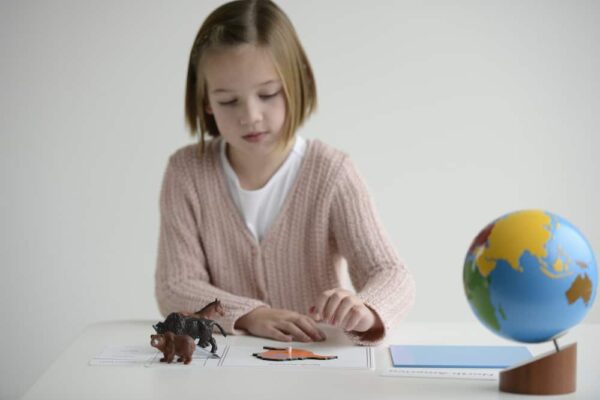 The Montessori materials themselves invite activity. There are bright arrays of solid geometric forms, knobbed puzzle maps, coloured beads, and various specialised rods and blocks. All the materials in a Montessori environment are designed for maximum independence in the child:
The Montessori materials themselves invite activity. There are bright arrays of solid geometric forms, knobbed puzzle maps, coloured beads, and various specialised rods and blocks. All the materials in a Montessori environment are designed for maximum independence in the child:
Everything, including a dustpan and brush, is child sized; activities are laid out in an orderly way on easily accessible open shelves; and the design of the materials makes it easy for the child to identify, and gradually correct, any error. This last point all but eliminates the need for correction by a teacher, a feature that has become a mainstay of traditional education. Instead of an external force judging him, the child relies on the impersonal judgement that comes from his senses.
The guide in the material may be mechanical (all the pieces fit together only one way), it may be visual (the eye checking groups of objects sorted by touch), or there may be an answer sheet. Either way, by coming to rely on his own self-appraisal, the child develops a ‘friendly feeling’ towards error, setting him on a path to self-improvement.
Mixed-age groupings
In the family, in the workplace and in society as a whole, we are in constant interaction with people who are older or younger. Children in traditional schools are the only members of society segregated by age. A mixed-age environment is an important feature of Montessori education.
Since the children need different environments at different stages in their development, classes are mixed within bands, for example, 0-3 years, 3-6 years, 6-12 years, or 12-15 years. The young child in each band is surrounded by role models a little more developed than himself. Similarly, the older child finds himself in a position of responsibility, and, by showing younger children what he knows, affirms to himself, more surely than any test, the extent of his learning.
Cooperation replaces competition as the driving force within these mini-societies. The auto-education facilitated by the prepared environment means that each child is learning and developing at his own pace.
Freedom and discipline
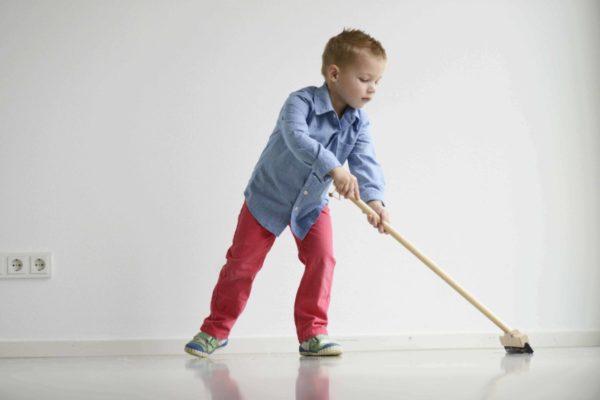 Just as important as the physical environment and its contents is the social functioning of the environment. The Montessori environment gives the children the tools they need, but they must also have the freedom to use them and to manifest their tendencies to repeat, to explore or to manipulate. Each child is given freedom of choice.
Just as important as the physical environment and its contents is the social functioning of the environment. The Montessori environment gives the children the tools they need, but they must also have the freedom to use them and to manifest their tendencies to repeat, to explore or to manipulate. Each child is given freedom of choice.
The child’s interaction with the environment is most productive in terms of the individual’s development when it is self-chosen and founded on individual interest. From the moment the children enter the class in the morning they are free to choose their activities for themselves. One will choose to start the day with a drink and a chat before washing up some cups. He may then choose to sit and do nothing, quietly watching his friends, before choosing to join a singing group. Another may arrive and immediately start to trace some of the sandpaper letters with his fingers and then write on a chalkboard.
This is ‘auto-education’—the child has the freedom to respond to the teacher within him and has access to materials in the environment that can satisfy each developmental need. Each child is also given freedom of time. He is free to work with an activity for as long as he chooses, free to repeat it as many times as he needs, or simply take his time. A 4-year-old might spend 1 1/2 hours washing some 50 or more small cloths that have been used during the morning. He is left undisturbed and finishes when the force that compelled him to concentrate for that time is satisfied. Long periods of concentration of this type are frequently observed in Montessori environments in children as young as 3 years old.
Paradoxically, it is this freedom that leads to discipline. The traditional approach to discipline holds that children are inherently disorderly and that their wilfulness and impulses must be inhibited by an external discipline. The widespread assumption is that children need rewards (such as gold stars) or punishments (such as ‘time out’) in order to behave appropriately. In contemporary education the balance has shifted from punishment to rewards, but the problem remains the same. If the external motive is withdrawn, there is only a weak will or moral compass within the person to direct his intentions and actions. The desire to learn or cooperate within society is based more on the notion of ‘I should’ rather than ‘I want to’.
 Montessori education aids the development of the child’s will. Through constant decision making (choices) the child’s ability to listen to his interests and impulses is developed. But the environment also contains within it limits, both natural and social, that give the child constant practice in the inhibition of those impulses. For example, in the prepared environment there is only one of each set of materials—one easel for painting, for example. If a child has an impulse to paint and another child is already painting, there is a natural limit to that impulse. Similarly, an activity, freely chosen, is only complete when it has been returned to its place on the shelf, ready for the next person to use; the only limit to individual freedom being the needs of the group as a whole.
Montessori education aids the development of the child’s will. Through constant decision making (choices) the child’s ability to listen to his interests and impulses is developed. But the environment also contains within it limits, both natural and social, that give the child constant practice in the inhibition of those impulses. For example, in the prepared environment there is only one of each set of materials—one easel for painting, for example. If a child has an impulse to paint and another child is already painting, there is a natural limit to that impulse. Similarly, an activity, freely chosen, is only complete when it has been returned to its place on the shelf, ready for the next person to use; the only limit to individual freedom being the needs of the group as a whole.
Montessori education has a special term for the process whereby characteristics including initiative, self-discipline, concentration, independence, a love of purposeful activity, and compassion become manifest in the child—‘normalisation’. This does not refer to a standardisation or a process of being forced to conform, but describes a unique process in child development. Maria Montessori used this term to indicate her belief that these characteristics are the normal characteristics of childhood. She believed that the characteristics that we normally associate with childhood—such as capriciousness, selfishness, laziness and the inability to concentrate—appear only when a child’s natural development is being thwarted.
When children are allowed freedom in an environment suited to their needs, they blossom. After a period of intense concentration, working with materials that fully engage their interest, children appear to be refreshed and contented. Through continued concentrated activity of their own choice, children grow in inner discipline and peace. This ‘normalisation’ is the single most important result of Montessori education.
A guide to montessori programmes for different ages
Montessori education builds on the continuing self-construction of the child—daily, weekly, yearly—for the duration of the programme. Although Montessori schools are divided into multi-age classrooms—assistants to infancy (ages 0 to 3), pre-school (ages 3 to 6), primary (ages 6 to 12) and secondary (ages 12-18)—the prepared environments introduce an uninterrupted series of learning passages, a continuum.
The prepared environments described below will each reflect the natural learning characteristics of the child at each stage of development. Montessori education for children aged 0-12 years is widespread around the world. More recently there has been a concerted effort to develop the secondary programme for 12- to 18-year-olds.
Assistants to Infancy (0-3 years)
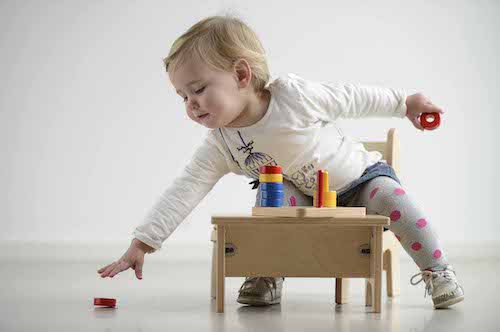 For children under the age of 3, there are several Montessori environments which offer a wide variety of options and opportunities for involvement by parents. Created especially for working parents, a Nido is an environment prepared for children from 2 or 3 months until they are walking well.
For children under the age of 3, there are several Montessori environments which offer a wide variety of options and opportunities for involvement by parents. Created especially for working parents, a Nido is an environment prepared for children from 2 or 3 months until they are walking well.
The Parent-Infant Class provides an environment in which parents and children interact alongside a Montessori-prepared adult who uses the environment to facilitate their interaction. Caregivers are taught how to observe what their babies do in order to know what to offer them. After they begin to walk, the children join the toddler group, where their primary motor coordination, independence and language are cultivated.
Rather than a classroom, it is a nurturing environment where very young children experience their first structured contact with other children. The children engage in the practical activities of everyday life, such as folding, preparing a snack, washing or sweeping; explore a language area, including miniature objects, language nomenclature cards and books; and participate in painting, singing and other artistic experiences.
Children’s House (3-6 years)
The Montessori pre-school classroom is a ‘living room’ for children. Children choose their activities from among the self-correcting materials displayed on open shelves that allow the children to learn through their senses.
The pre-school environment unifies the psycho-social, physical and academic functioning of the child. Its important task is to provide children with an early and general foundation that includes a positive attitude toward school, inner security and a sense of order, pride in the physical environment, abiding curiosity, a habit of concentration, habits of initiative and persistence, the ability to make decisions, self-discipline, and a sense of responsibility to other members of the class, school, and community.
This foundation will enable them to acquire more specialised knowledge and skills throughout their school career. The activities in the Children’s House are described in more detail in the section ‘Montessori materials’ above.
Primary Education (6-12 years)
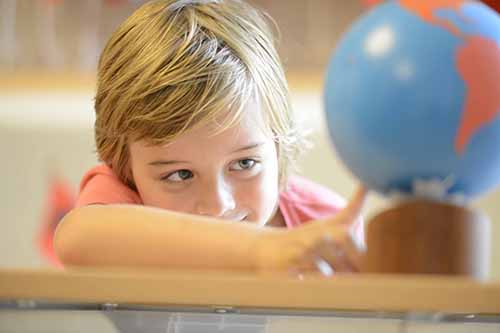 As in the pre-school, the Montessori materials in the primary classroom are a means to an end. They are intended to evoke the imagination, to aid abstraction, to generate a world-view about the human task and purpose.
As in the pre-school, the Montessori materials in the primary classroom are a means to an end. They are intended to evoke the imagination, to aid abstraction, to generate a world-view about the human task and purpose.
The child works within a philosophical system, asking questions about the origins of the universe, the nature of life, people and their differences, and so on. On a factual basis, interdisciplinary studies combine the basics of reading, writing and arithmetic with geological, biological and anthropological science in the study of natural history and world ecology.
The programme is made up of connective narratives that provide an inspiring overview of the universe and the place of humans within it. These narratives or ‘Great Lessons’ span the history of the universe from the origin of the solar system, earth and life forms to the emergence of human cultures and the rise of civilisations. Aided by impressionistic charts, timelines and, in sole cases, scientific experiments, the child’s study of detail in reference to the ‘Great Lessons’ leads to awe and respect for the totality of knowledge. Studies are integrated not only in terms of subject matter but in terms of moral learning as well, resulting in appreciation and respect for life, moral empathy and a fundamental belief in progress, the contribution of the individual, the universality of the human condition and the meaning of true justice.
There is an emphasis on research and in-depth study using primary and secondary sources (no textbooks or worksheets) as well as other materials. This involves the children’s planning their own trips to ‘go out’ to make use of community resources beyond the four walls of the classroom.
The Montessori-trained adults leading the programme are ‘enlightened generalists’, guides who are able to integrate the teaching of all subjects, not as isolated disciplines, but as part of a whole intellectual tradition.
Secondary Education (12-18 years)
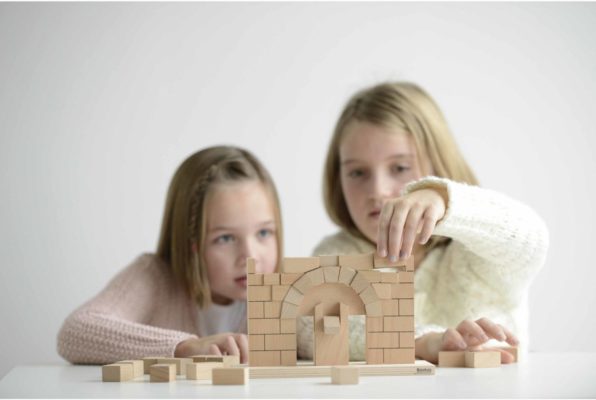 The adolescent programme is centred on real economic participation in society. Until this age the child has experienced only the mediated societies of both the Children’s House and primary settings, but once the child reaches adolescence it is important, for his sense of self and sense of place in the world, for him to contribute to his community.
The adolescent programme is centred on real economic participation in society. Until this age the child has experienced only the mediated societies of both the Children’s House and primary settings, but once the child reaches adolescence it is important, for his sense of self and sense of place in the world, for him to contribute to his community.
Learning is based around a project—a farm or other small business—which gives the adolescent the opportunity to explore how society really works. Mental and physical work are linked and the areas of cultural knowledge—traditionally separated into abstract ‘subjects’—are integrated and linked to real-world experiences. The young adolescent (12-15 years) is undergoing profound physical and emotional changes and needs to be nurtured at this vulnerable time.
Within the Montessori programme he is given the time and space to understand the changes he is experiencing without the pressure of testing and exams. These can come in the senior secondary years (15-18) when the individual is more secure in himself.
